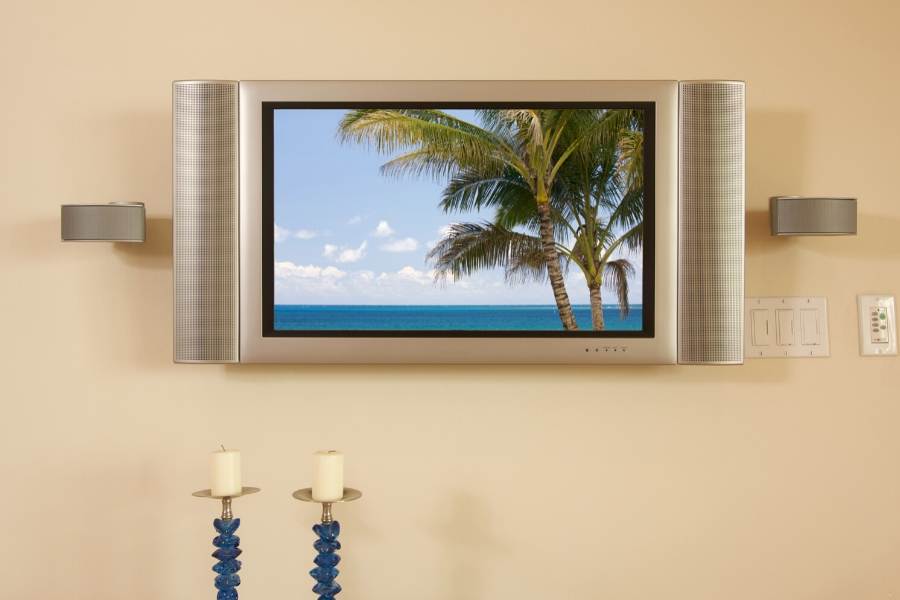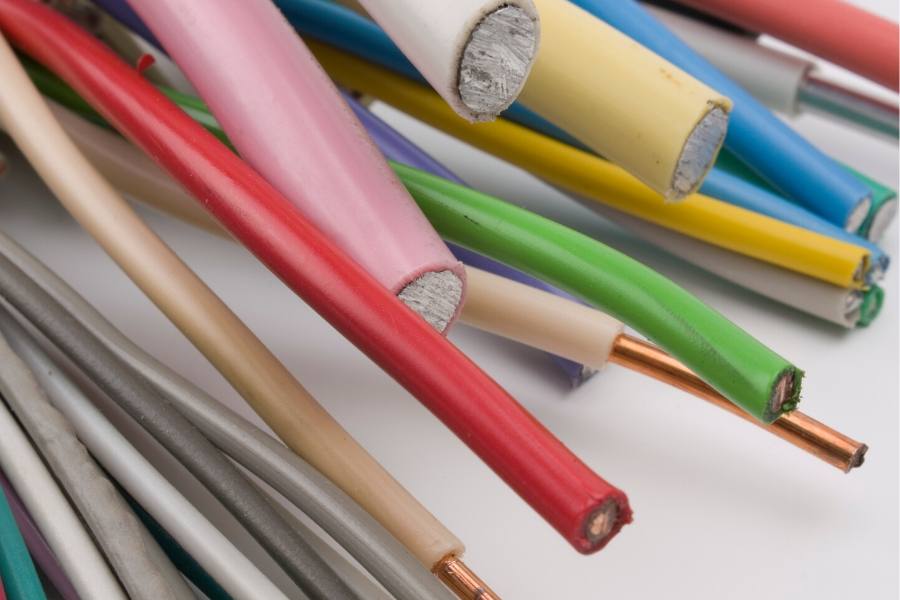When setting up a home theater, people tend to spend their money on getting top-of-the-line audio and video equipment and comfortable seating. They very rarely consider home theater wiring requirements – which shouldn’t be the case.
Planning and Integration
The key to having a fantastic home theater setup is careful planning and integration of every individual component of the system. Hooking up each piece of home theater equipment requires good-quality cables and wires. Home theater wiring is just as vital as procuring a first-rate home theater system.
Dependent on Products
Generally, home theater wiring requirements will depend on
the product specifications. However, basic rules must be followed to create a
remarkable home theater experience.
In today’s post, let’s talk about the basics of home theater
wiring.
Adhere to the Safety Guidelines
This should go without saying. Whether you’re installing a
home theater or simply replacing old wiring in your house, safety is the most
important consideration. Use wires and cables that follow national safety
guidelines. These guidelines are set for essential reasons, such as
fire-resistance, abrasion, chemicals, different temperature fluctuations, and
so on.
One common home theater wiring malpractice is to run the
wires from under the couch or recliners. This is especially wrong if you missed
following proper insulation procures.
Home Theater Wiring Route
To know the right length of wires and cables you need, you
must determine the ideal route for your home theater wiring. Whether it’s
network cables, HDMI cables, or speaker cables, know how you plan to run them
across the room.

Allot at least 20 to 30% more additional length to cover
installation errors, necessary slack, or any other unforeseen issues that your
home theater wiring may have to face.
There are some arrangements you’d need to adhere to when
setting up your stereo system, display screen or TV, and home theater seating.
Plan your home theater wiring in advance for optimum media room setup.
On top of this, you must also factor in lighting and shading
requirements, noise control, networking, and any future upgrades you’d like to
incorporate when your time and budget allow it.
Budget is another vital factor in your plan. Before working
on the installation, research how much you will need to spend on wiring based
on your needs. Include the cost of consulting or employing the services of a
professional.
Rather than opt for the most expensive or most affordable
cables and wires, you should get good-quality ones. This will be a good
decision for your home theater and your budget.
Choosing Wiring Hardware
The condition of the wiring hardware you get directly affects the sound quality you’ll be getting. The gauge and thickness of the wires, as outlined in the American Wire Gauge, is an essential feature of speaker wires and cables. The thicker the wire, the lower the speaker gauge number is.
Typically, a 16-gauge cable or wire is the recommended thickness for most home theater equipment.
However, if the network wiring in your home needs longer than 50 to 55 feet of wire, or if you’re thinking of setting up in-ceiling speakers or in-wall speakers, you will have to use thicker home theater wiring. Extended cable runs can affect power losses.
When choosing wiring hardware, you must also keep in mind
the quality of every component of your speaker system: receiver, amplifier,
speakers. Make sure that the gauge of the cable matches the quality of your
sound equipment.
Labeling the Cables
Whether hidden or not, we highly recommend that you label
all your home theater wiring and cables. Label both ends and secure the labels
at an appropriate distance. This ensures that there’s room should you need to
cut or trim the ends.

Proper labeling helps you or anyone quickly and conveniently
locate the wires if ever you need to do something to them. There are
ready-to-use cable labels you can use, but if you’re feeling up to it, you can
make your own – especially if you have a smaller home theater setup.
Another option for proper organization of cables is to use
colored ones. Colored HDMI cables are available in hardware stores or online.
You can also go for colored expandable tubing or sleeving. Tubing and sleeving
can add extra protection to your home theater wiring.
